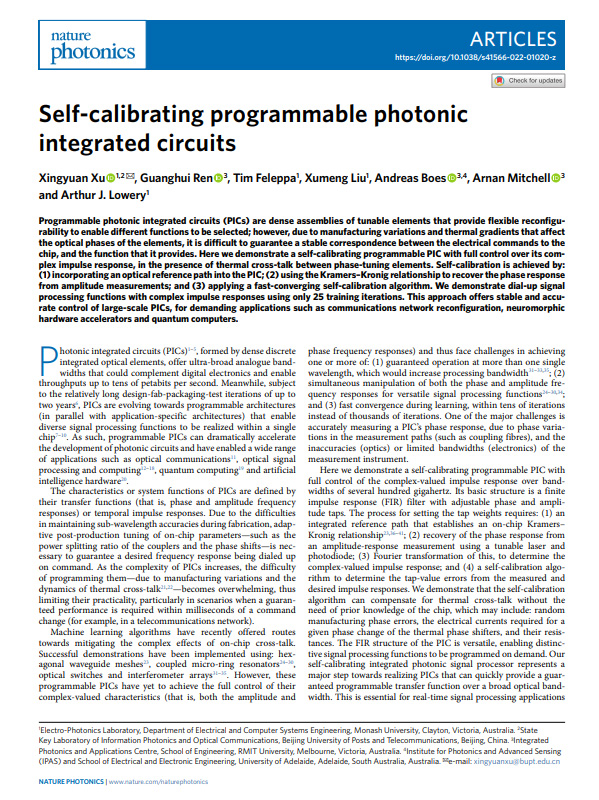There is a pit in Jiangmen Xinhui, called tea pit
Author:Lao Nie Yue Culture Time:2022.07.31
There is a pit in Jiangmen Xinhui, called tea pit
The village in Xinhui, Guangdong Province is called Chakeng Village. It is not named for tea production, but the name of Chenpi. It is also well -known.
The original name of the Chakeng was called Chaxi. The villagers believed that the "Xi" "pit" was small, and the mountains of the mountains were high and the water was narrow, and the village name was too large. Tea pit.
What talents are there in Chakeng Village? Chakeng Village is Liang Guyin (No. 1 Rongzhutang). During the period of Ming Yongle, he moved from Dongjia Village, Yuanqing Township to the foundation.
It is also the famous master of enlightenment thinkers, politicians, social activists, new jurists, educators, writers, historians and calligraphers in modern Chinese history. Liang Qichao's former residence.
Chakeng Village has a long history and unique cultural landscapes. There are also Xiongzi Tower, which was built in the 37th year of Wanli (1609), also known as Lingyun Tower, seven -story octagonal, and standing on the top of Changfeng Fengshan.
The word unique to the new meeting. Reading "mud", it is said that it is a three -legged beast unique to Xinhui Mountain. It is said that it is a kind of animal -like, but one -foot animal is toxic. When reading the word NAI, the three -legged pupae failed to rule the water. This is a well -known allusions in ancient texts. This tower is built for suppression.
According to the "Xinhui County Chronicle" records: "Xiong Zishan is twenty miles south of the city, and there are mouse bears, stables, Dongxiong, and Changxiong. The mountains are five, so they have three feet. In the vertical and horizontal, Tanjiang and Xijiang tributaries are merged into Yinzhou Lake here, so they are also known as Xionghai. Visitors are on it, and they can look at the scenery of Yinzhou Lake, called Yinzhou Tower Shadow (one of the eight scenic spots in Xinhui).
When Liang Qichao was eleven years old, he wrote the poem "Dengta".
"Chao Deng's Lingyun Tower leads the four poles; Mu Deng Lingyun Tower, the heavens and the earth are getting dark, the sun and the moon are obscure, and it is easy to change in four o'clock. If you want to ask Confucius, it is difficult for Confucius to explain. Hanging alone, this reason is rare. "
There are also exquisite attic in the village. There are three floors of the attic, brick and wood structure, green brick walls, and four water chestnuts on the top of the floor are composed of four dragons. Four rhombus classes on the second floor are composed of four lions. Essence The plaque of the main gate is engraved with "Hongwen Socialism". The stone couplets on both sides are "the party itching is in ancient times, and Zhishui Renshan is here". It is said that they are Liang Qichao's handwriting.
During the Ming and Qing dynasties, Chakeng Township belonged to Chaoju, Xinhui County, Xinhui County, Guangzhou. The scholars of Xinhui called the Xiong Zita as "writing", thinking that the people in this place were outstanding, and the person of the Wenkui style was set.
Attachment: The story of Xiongzi Tower
It is stated that during the Chao Wanli period, one day, Ming Shenzong saw the purple smoke rising in a mountain surrounded by a river. A beautiful phoenix danced in the purple smoke and danced. He felt weird, and he called the Dream Master to interpret his dream.
The Dream Dream Master pointed out for a long while, saying, "The emperor, this is the ominous sign, the purple smoke represents the emperor's spirit, the Phoenix symbolizes power and honor, the Phoenix flys in the purple smoke, and the sign is born to the new imperial power. The new Zhenlong Emperor or Emperor. "Ming Shenzong was frightened and asked what to rescue the rescue method. The only way is to find the place in the dream, and then cast the new emperor's spirit to keep the rivers and mountains stable. Essence Ming Shenzong quickly called the artist and drew out the places in his dreams and diverged into everywhere. Three months later, I finally found the same place as the dream of the Ming Shenzong in the Guangzhou government (the Xinhui at the time).
100 years before the Ming Shenzong reigned, a person named Chen Baisha from the Guangzhou government was the only thinker and philosopher who had entered the Confucian Temple in Guangdong for two thousand years. And the mountain in the dream is Fengshan, and the place of the Xinhui place is not an unexpected thing.
Ming Shenzong built a pagoda on Fengshan in accordance with the method of the Dream Master, suppressing the phoenix to be taken off; the pagoda built a writing shape, so that the Xinhui place could only make a literati, and faithfully played for the court.
Sure enough, more than 400 years later, Liang Qichao was born under Fengshan. He studied Chinese and Western, known as the "encyclopedia" type genius. He left more than 14 million words. The most one, and Liang Qichao's children and grandchildren are both literati. Liang Sicheng, Liang Sicheng, and Liang Sili have been selected as academicians of the Chinese Academy of Sciences, and they were born with unique family legends. (Text/Nie Juping)
- END -
Fenglang Mountain Park Nights Beautiful

After the completion of Fenghuoshan Park, the night view continues to improve. Whe...
Bei Postal Teachers posted on "Nature Photonics" to overcome the control problem of photon chip control

On July 7th, Xu Xingyuan, a teacher of the National Key Laboratory of the National...